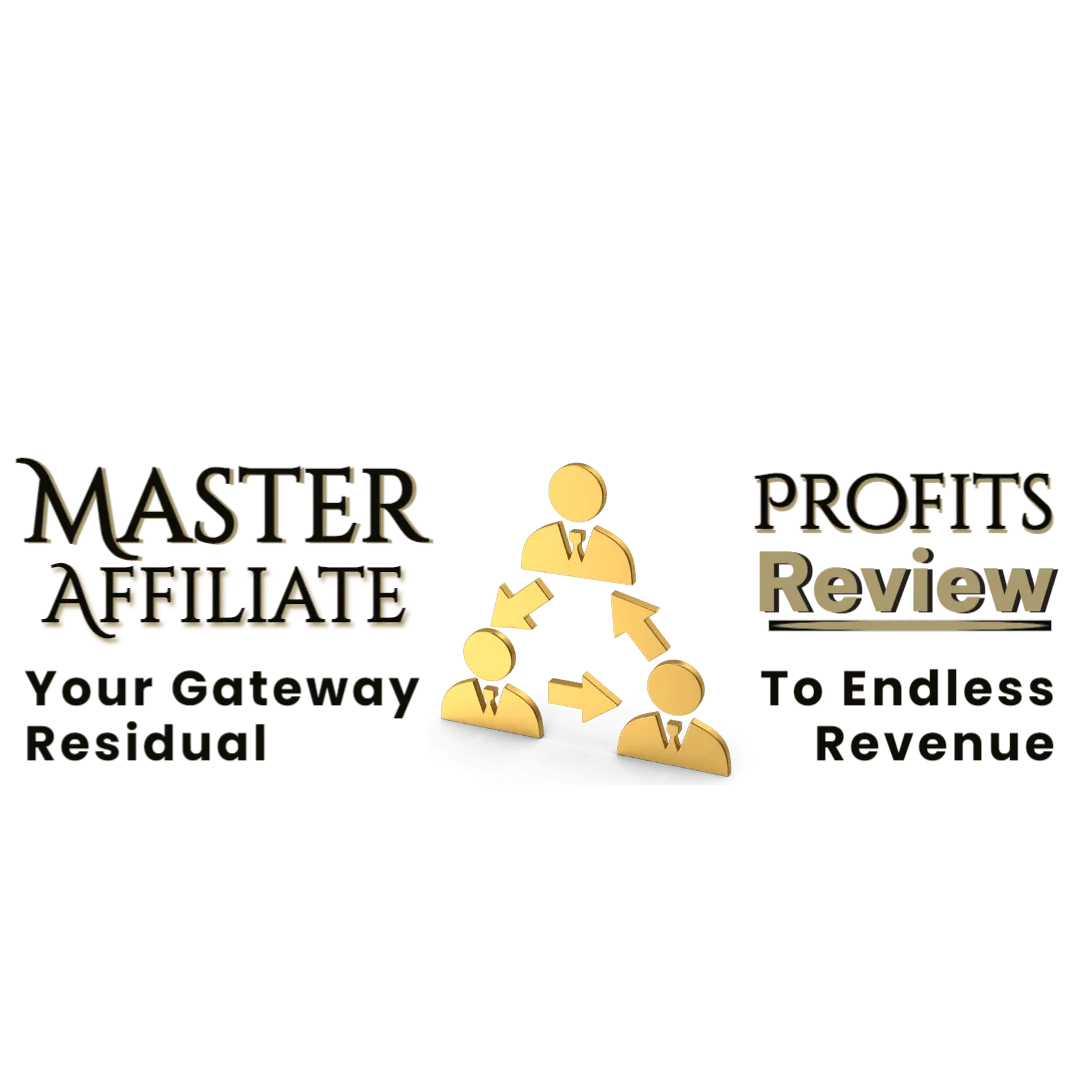Email sequences are a powerful tool in the world of marketing, particularly when it comes to maximizing conversions in a Master Affiliate Profits (MAP). You may not realize it, but the way you structure your email communications can significantly influence your audience’s behavior. By creating a series of targeted emails that guide potential customers through the buyer’s journey, you can effectively nurture leads and encourage them to take action.
This systematic approach allows you to build relationships with your audience, providing them with valuable information and insights that resonate with their needs and interests. Moreover, email sequences enable you to maintain consistent communication with your audience. In a digital landscape where attention spans are fleeting, having a well-planned sequence can keep your brand top-of-mind.
Click The Image To Take Dori’s Free
YouTube Viral Funnel Test Drive
Each email serves as a touchpoint, reinforcing your message and encouraging engagement. As you craft these sequences, consider how each email can build upon the last, creating a cohesive narrative that leads your audience toward conversion. By understanding the power of email, you can harness their potential to drive meaningful results in your Master Affiliate Profits efforts.
Key Takeaways
- Email sequences (ES) play a powerful role in driving conversions in MAP (Marketing Automation Platform) by nurturing leads and guiding them through the sales funnel.
- Crafting effective ES for affiliate marketing involves understanding the audience, creating compelling content, and strategically timing the emails for maximum impact.
- Personalization and segmentation are key strategies for creating targeted and relevant ES that resonate with recipients and drive higher engagement and conversions.
- Optimizing ES for higher conversions in MAP involves analyzing data, testing different approaches, and continuously refining the sequences based on performance metrics.
- Integrating ES with affiliate strategies can amplify the impact of both, creating a cohesive and effective marketing approach that drives results.
- A/B testing is a valuable tool for improving ES, allowing marketers to experiment with different elements and identify the most effective strategies for MAP conversions.
- Automating ES not only saves time and resources but also ensures consistency and effectiveness in reaching and engaging with leads and customers.
- Measuring and analyzing the success of ES in MAP conversions is essential for understanding what works, identifying areas for improvement, and optimizing future campaigns for better results.
Crafting Effective Email Sequences for Affiliate Marketing
Understanding Your Target Audience
Each email in your sequence should serve a distinct purpose, whether it’s introducing a product, providing valuable content, or encouraging a purchase. By strategically planning the flow of your emails, you can guide your audience through the decision-making process.
Creating Compelling Calls-to-Action
In addition to addressing pain points, it’s crucial to incorporate compelling calls-to-action (CTAs) in your emails. A well-placed CTA can significantly increase the likelihood of conversion. You might consider using urgency or scarcity tactics to encourage immediate action. For instance, highlighting limited-time offers or exclusive deals can create a sense of urgency that prompts recipients to act quickly.
Best Practices for Email Sequences
As you craft your ES, remember that clarity is key; ensure that your CTAs are straightforward and easy to follow. By focusing on these elements, you can create ES that not only engage your audience but also drive affiliate marketing success.
Driving Affiliate Marketing Success
By following these guidelines and continually optimizing your ES, you can maximize your affiliate marketing efforts and achieve greater conversions.
Leveraging Personalization and Segmentation
Personalization and segmentation are two critical components that can elevate your ES to new heights. You have likely experienced the difference between receiving a generic email and one that speaks directly to your interests. By leveraging personalization, you can create a more meaningful connection with your audience.
This involves using data to tailor your emails based on individual preferences, behaviors, and demographics. For example, addressing recipients by their first name or recommending products based on their previous purchases can significantly enhance engagement. Segmentation takes personalization a step further by dividing your audience into specific groups based on shared characteristics.
This allows you to send targeted messages that resonate with each segment’s unique needs. For instance, if you have a diverse audience interested in different product categories, segmenting them accordingly enables you to send relevant content that speaks directly to their interests. By combining personalization and segmentation in your ES, you can create a more engaging experience for your audience, ultimately leading to higher conversion rates.
Optimizing Email Sequences for Higher Conversions in MAP
To optimize your ES for higher conversions within a MAP, you must continuously analyze and refine your approach. Start by reviewing key performance metrics such as open rates, click-through rates, and conversion rates. These metrics provide valuable insights into how well your emails are resonating with your audience.
If certain emails are underperforming, consider experimenting with different subject lines or content formats to see what resonates better. Another effective strategy for optimization is to ensure that your emails are mobile-friendly. With an increasing number of users accessing their emails on mobile devices, it’s essential that your emails are visually appealing and easy to navigate on smaller screens.
This includes using responsive design elements and concise content that captures attention quickly. Additionally, consider the timing of your emails; testing different send times can help you identify when your audience is most likely to engage with your content. By focusing on these optimization strategies, you can enhance the effectiveness of your ESs and drive higher conversions in your MAP efforts.
Integrating E-Mail Sequences with Affiliate Strategies for Maximum Impact
Integrating your ES with broader affiliate marketing strategies is crucial for achieving maximum impact. You should begin by aligning your email content with the products or services you are promoting as an affiliate. This ensures that your messaging is consistent across all channels and reinforces the value of the offerings you’re promoting.
For instance, if you’re running a campaign for a specific product, consider creating an ES that highlights its benefits while providing additional resources or testimonials to build credibility. Furthermore, collaboration with affiliate partners can enhance the effectiveness of your ES. By working together on joint promotions or co-branded content, you can leverage each other’s audiences for greater reach and engagement.
This collaborative approach not only strengthens relationships with partners but also provides added value to your subscribers. As you integrate your ES with affiliate strategies, keep an eye on performance metrics to assess the impact of these efforts and make adjustments as needed.
Utilizing A/B Testing to Improve Email Sequences for MAP Conversions
Understanding A/B Testing
A/B testing involves creating two versions of an email, such as different subject lines or content layouts, and sending them to separate segments of your audience. This approach enables you to determine which version performs better and gain valuable insights into what resonates most with your subscribers.
Conducting Effective A/B Tests
When conducting A/B tests, it’s crucial to focus on one variable at a time to accurately assess its impact on performance metrics. For instance, if you’re testing subject lines, ensure the content remains consistent across both versions. This approach allows you to identify which variation yields better results and apply those insights to future email sequences.
Continuous Improvement
This iterative process enables you to continuously refine your emails based on real data rather than assumptions, ultimately leading to higher conversion rates in your MAP efforts. By applying the insights gained from A/B testing, you can optimize your email campaigns to achieve better results and drive more conversions.
Automating Email Sequences for Efficiency and Effectiveness
Automation is a game-changer when it comes to managing ES efficiently while maintaining effectiveness. By utilizing automation tools within your MAP, you can set up triggers that send emails based on specific actions taken by subscribers—such as signing up for a newsletter or abandoning a cart. This ensures timely communication without requiring constant manual intervention on your part.
Additionally, automation allows you to scale your efforts without sacrificing personalization. You can create dynamic content that adapts based on subscriber behavior or preferences, ensuring that each recipient receives relevant information tailored to their interests. As you implement automation in your ES, be sure to monitor performance closely; this will help you identify areas for improvement and ensure that your automated emails continue to drive conversions effectively.
Measuring and Analyzing the Success of Email Sequences in MAP Conversions
Measuring and analyzing the success of your ES is crucial for understanding their impact on MAP conversions. Start by establishing clear goals for each sequence—whether it’s increasing open rates, boosting click-through rates, or driving sales—and track relevant metrics accordingly. Tools within your MAP can provide valuable insights into how well each email is performing against these goals.
In addition to quantitative metrics, consider gathering qualitative feedback from subscribers as well. Surveys or feedback forms can provide insights into what recipients appreciate about your emails and what areas may need improvement. By combining both quantitative and qualitative data, you can gain a comprehensive understanding of how well your ES are resonating with your audience.
This ongoing analysis will empower you to make informed decisions that enhance the effectiveness of your email marketing efforts and drive higher conversions in the long run. In conclusion, mastering the art of ES is essential for maximizing conversions within a Marketing Automation Platform (MAP). By understanding their power, crafting effective messages, leveraging personalization and segmentation, optimizing for performance, integrating with affiliate strategies, utilizing A/B testing, automating processes, and measuring success, you can create impactful email campaigns that resonate with your audience and drive meaningful results in affiliate marketing endeavors.
If you’re interested in learning more about how to make $1000 a month with affiliate marketing, check out this article From Zero to Hero: How I Made $1000 a Month with Affiliate Marketing. This article provides valuable insights and tips on how to achieve success in the affiliate marketing industry. Leveraging ES for higher conversions in MAP can be a game-changer for your affiliate marketing business, and this article can help you get started on the right path.








Leave a Reply